Handling Algal Die-Off in Shrimp Ponds
Causes of Algal Die-Off in Shrimp Ponds
- Weather fluctuations: Algae always need sunlight for photosynthesis to produce dissolved oxygen. When there is prolonged rainy weather with insufficient sunlight, the algae are unable to photosynthesize and thus begin to die off.
- Excess feed in the pond: When shrimp are overfed, the amount of leftover feed and shrimp waste in the pond significantly increases. This is one of the factors that causes the water to become darker. If the water color is not well managed, it will affect the growth of algae, leading to algal die-off.
- Infrequent algae thinning: When water conditions are favorable, the algae in the pond can grow vigorously. Over time, if the farmer does not regularly thin out the algae, it will age, and its density will become too thick.
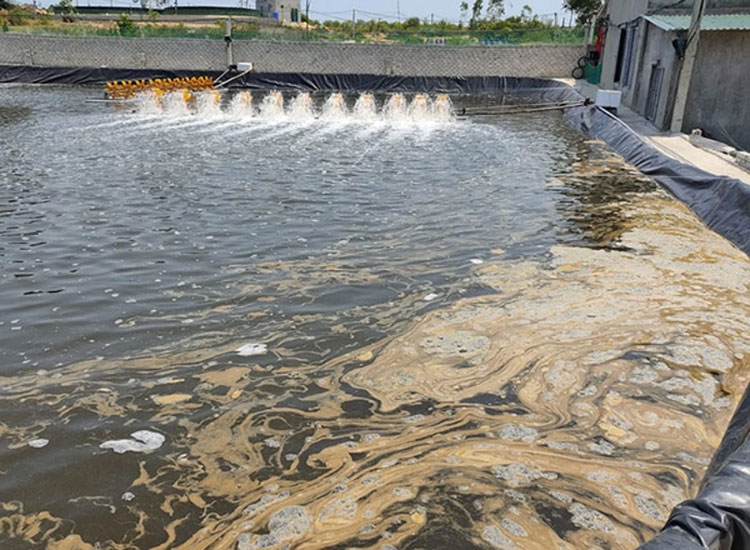
- Improper algae thinning: Incorrectly thinning algae or using chemicals in excessive amounts to kill algae can negatively impact the water environment and hinder the growth of new algae, leading to algal collapse.
Impact of Algal Die-Off on Shrimp
Algal die-off causes many negative effects on the pond, particularly on shrimp health. When algae die off, shrimp lose a source of oxygen produced during daytime photosynthesis. Additionally, the decomposition of dead algae consumes a significant amount of oxygen. As a result, oxygen levels in the water decrease, becoming insufficient for shrimp.
Dead algae can also cause shrimp to become covered in debris and develop black gills. Furthermore, if shrimp consume the dead algae, they are at high risk of contracting intestinal diseases.
Algal die-off can also lead to the release of harmful gases like NH3 and NO2 in the pond, which can seriously harm shrimp growth and health.
Signs of Algal Die-Off
- Water color changes: murky, whitish.
- For lined ponds: transparency > 40 cm. Presence of suspended solids, and foam appears when aerators are not running; in some cases, dead algae can be seen floating.
- For earthen ponds: water is clear or has a muddy, murky color, with a lot of suspended solids and foam.
Handling Algal Die-Off in Shrimp Farming
- Run aerators at full capacity to concentrate dead algae and sludge in the middle of the pond and siphon the sludge from the center. Quickly remove dead algae; for large amounts of floating algae, use a fine net or pump to remove the algae from the surface.
- Replace with new water; if you have a settling pond with good water quality, change out 30% of the water. Recheck the pH levels; if the pH is low, add lime to stabilize it.
- Run aerators at full capacity and use oxygen tablets at a dosage of 1–2 kg/1,000 m³ of water to provide immediate dissolved oxygen to the pond. This prevents or addresses shrimp surfacing and clustering behavior.
- Use probiotics in the pond, with the best time being 9-10 a.m. Probiotics help decompose dead algae and organic matter in the pond while absorbing harmful gases like NH3, NO2, and H2S, cleaning the pond bottom and water.
- Restore the water color by fermenting probiotics + rice bran (or soybean powder) + molasses in a 1:3:3 ratio for 12 hours and applying it for 2-3 consecutive days.
- Reduce feed by 50-60% of normal levels and supplement vitamins to help shrimp metabolize well, reduce stress, and boost immunity to prevent disease after algal collapse.
Preventing Algal Die-Off in Shrimp Ponds
- Follow a thorough pond preparation process, siphon out all organic sludge from the bottom. Avoid over-fertilizing, which leads to buildup on the pond bottom.
- Ensure pond water parameters meet required standards, and do not take in water from sources prone to algae blooms or nearby.
- Use high-quality feed, and regularly monitor shrimp feeding trays to adjust feed amounts accordingly. For lined ponds, frequently siphon out accumulated sludge to prevent excessive algae growth. Have a settling pond system in place for water changes when algae density or blooms occur.
- Regularly add probiotics to the pond. Probiotics introduce beneficial bacteria that biologically compete with algae, reducing their growth and maintaining a balanced environment to help shrimp thrive.
Ngày đăng : 17/10/2024
2208 View
Other Articles
Portuguese food group acquires 18% stake in cod farming company Norcod
Indonesia implements radioactive-free shrimp certification for exports to the United States
India is world’s second-largest shrimp producer. That is now under threat
Ca Mau’s shrimp industry moves towards “green” growth
Floods devastate aquaculture, processing operations in Vietnam
Ecuador Leads Global Shrimp Exports, Surpassing USD 7 Billion in 2025
India's marine product exports rise 16% as new markets offset US dip
Skretting presents the first shrimp feed with insect meal in Vietnam
Sharing: EU increases shrimp imports in the first 9 months of the year
Gideon De Oro opens high tech Cebu shrimp plant, to revive exports
White-leg shrimp facing WSSV: When density and environment fluctuate together








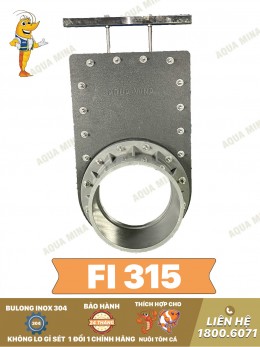
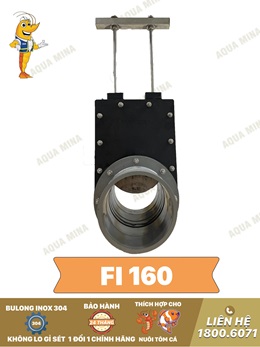

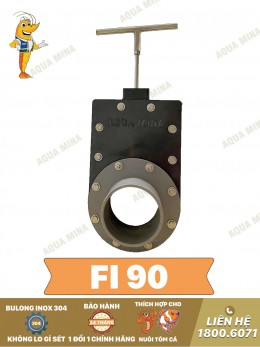
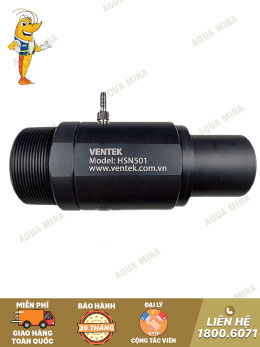
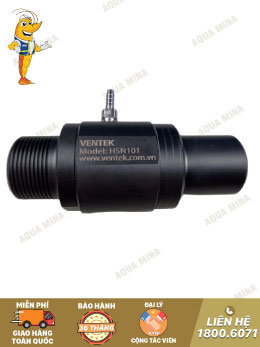

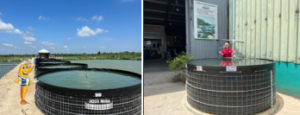
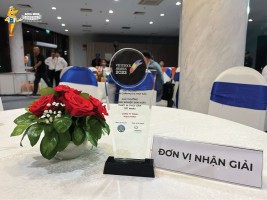
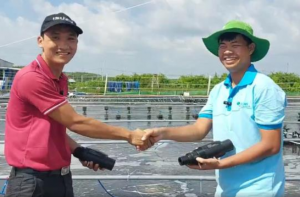
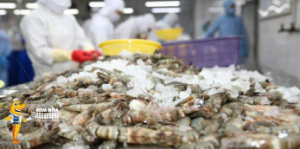
.jpg)